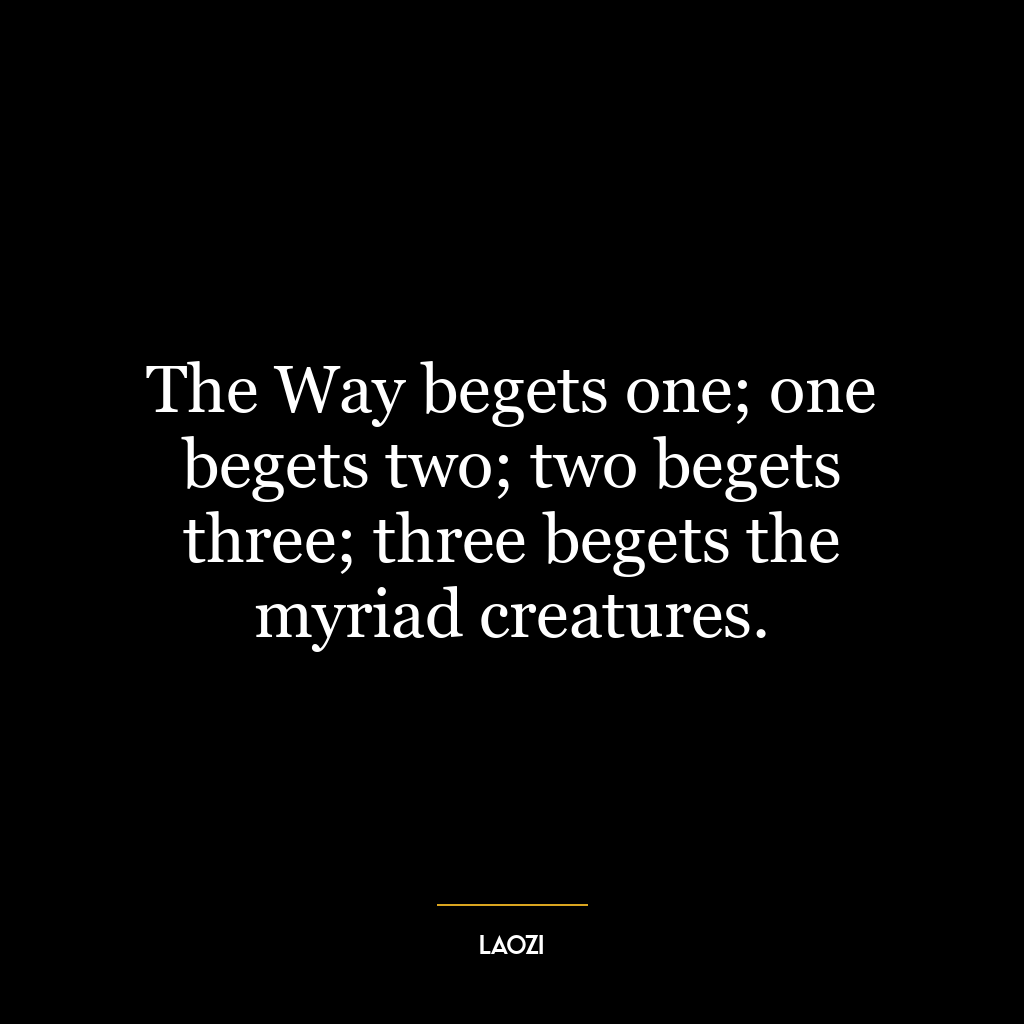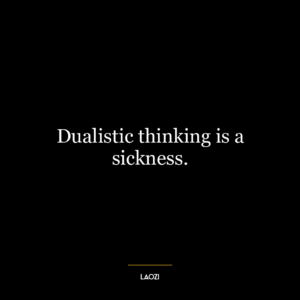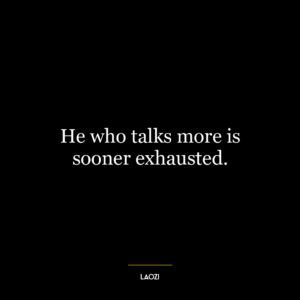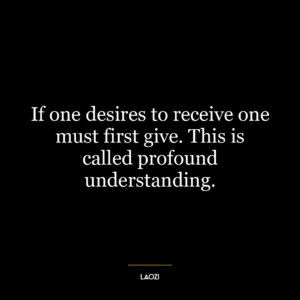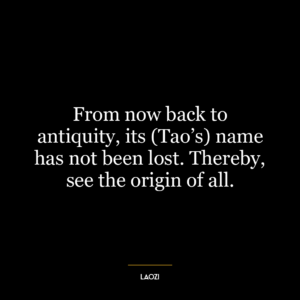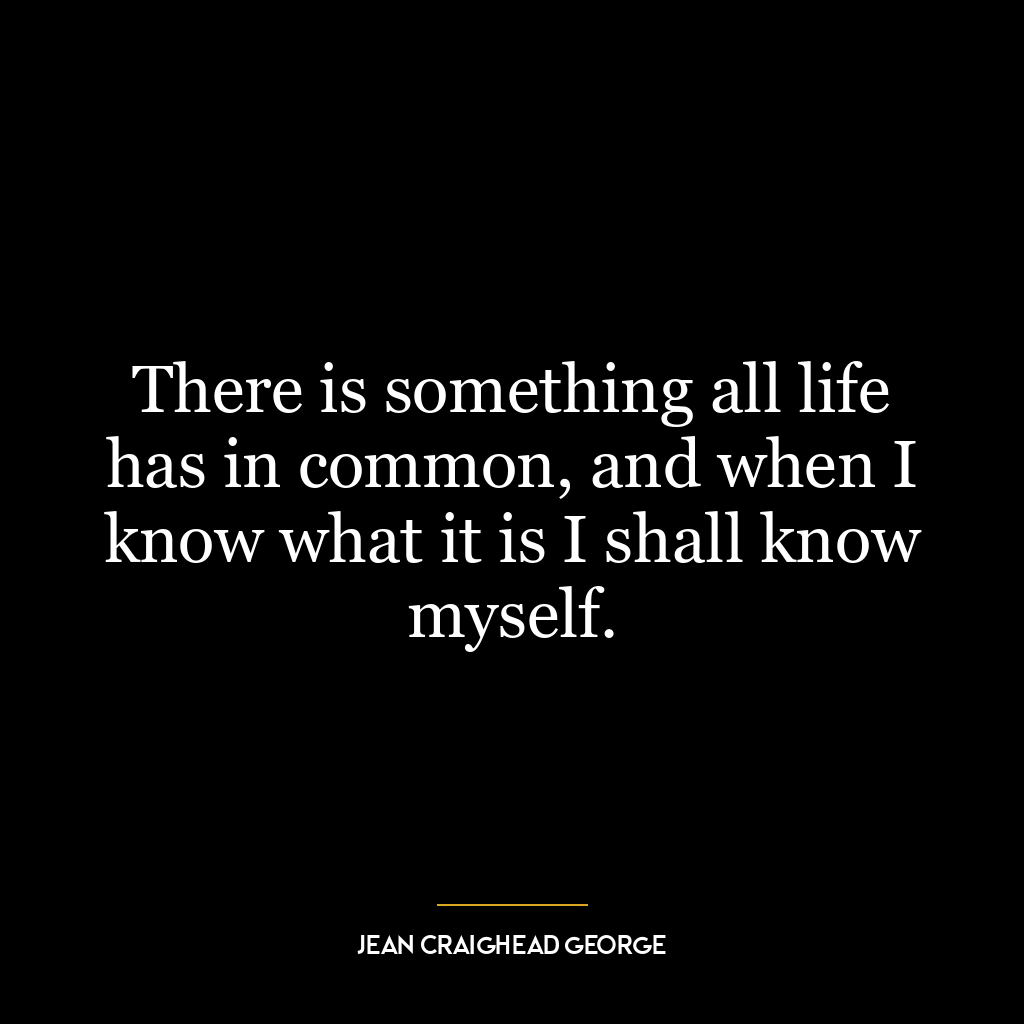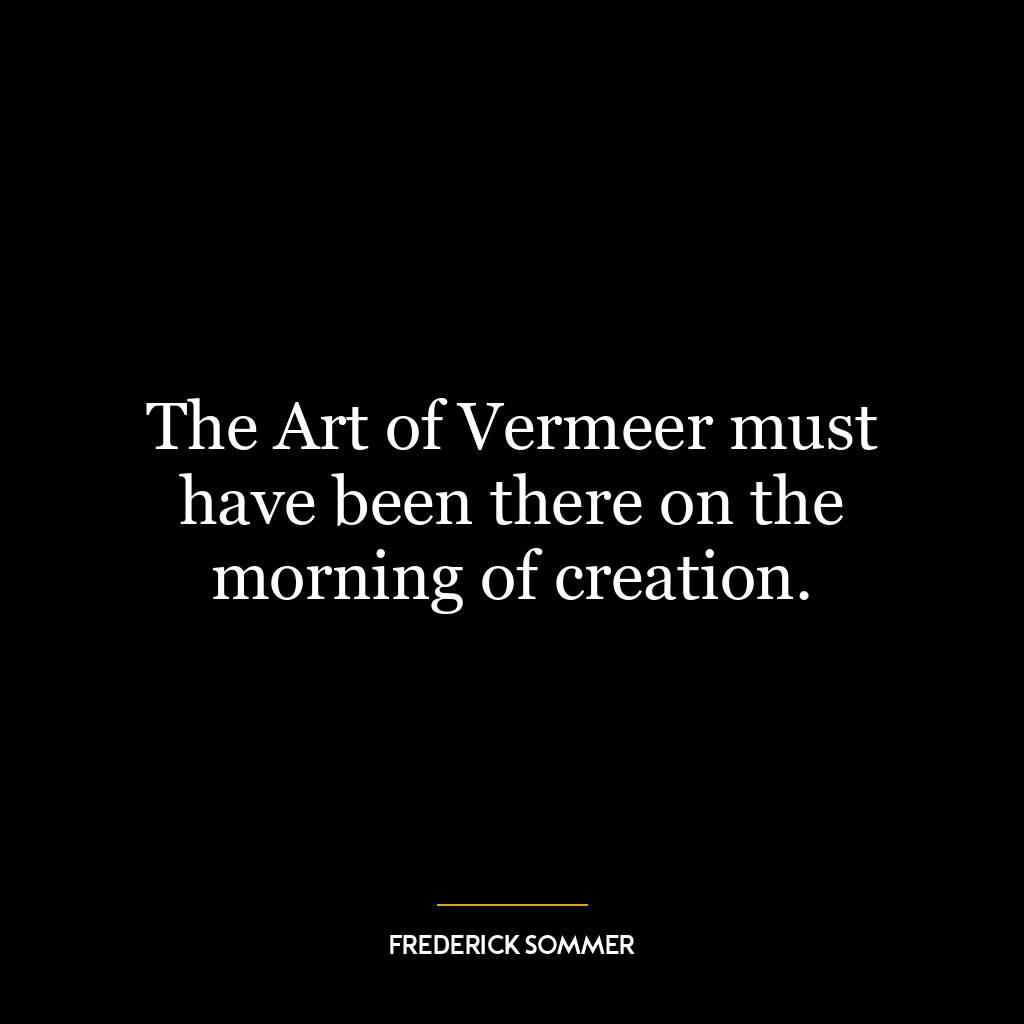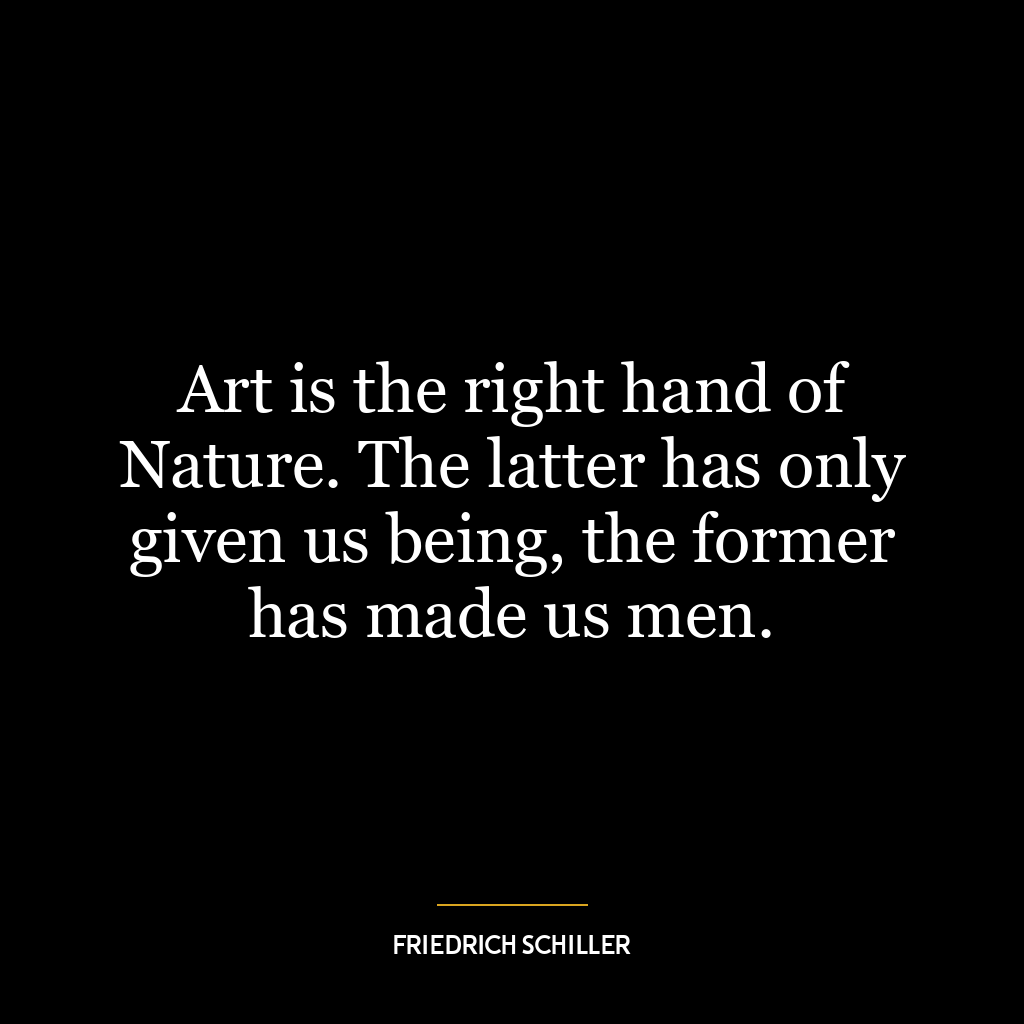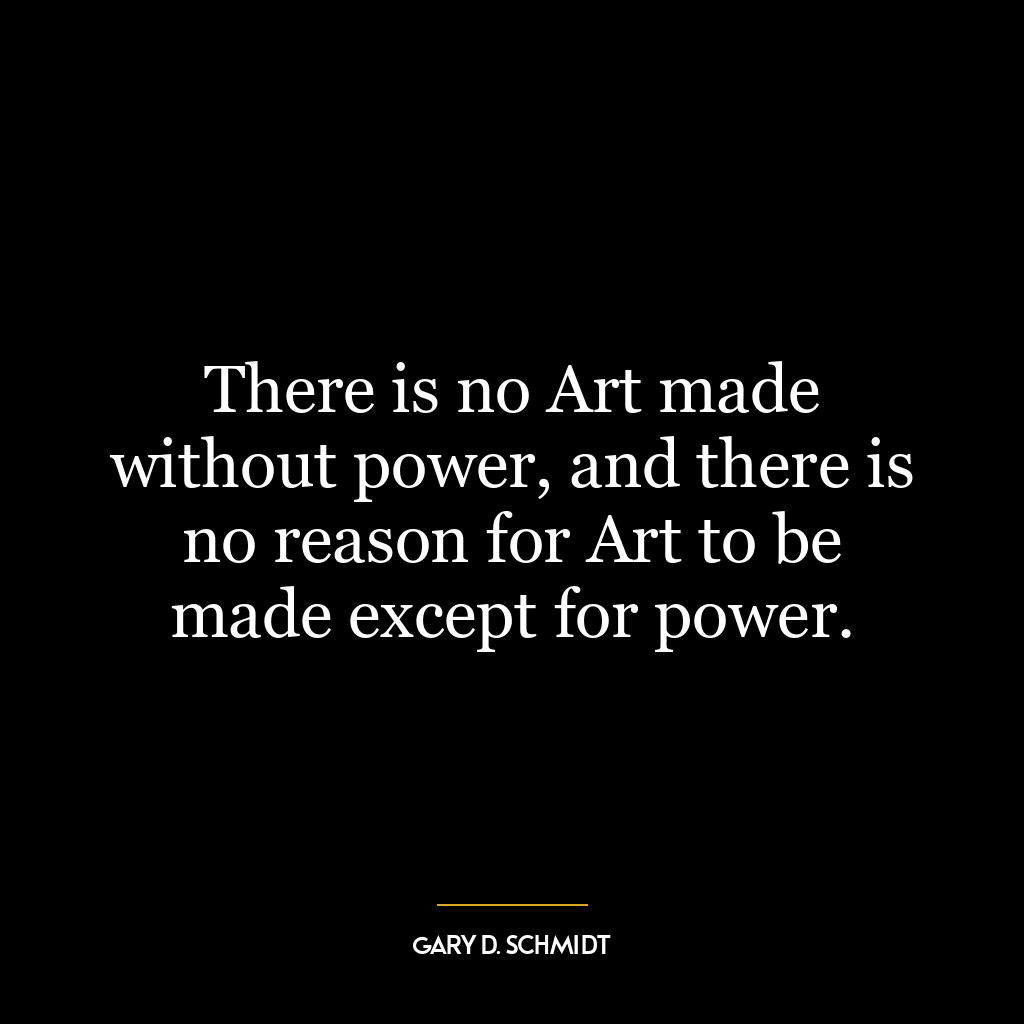The Way begets one; one begets two; two begets three; three begets the myriad creatures.
The quote “The Way begets one; one begets two; two begets three; three begets the myriad creatures” is a profound philosophical statement that explores the concept of creation and the progression of existence. It’s a testament to the idea of unity, duality, and the infinite complexity of life.
“The Way” signifies the source or the origin, the primal void or nothingness from which everything else springs. This could be seen as a representation of the universe or the ultimate reality. From this “Way,” the ”one” is born. This ”one” can be interpreted as the first state of existence or the first manifestation of reality.
“One begets two” signifies the creation of duality from unity. It’s the birth of opposites, like light and dark, yin and yang, positive and negative. This concept acknowledges that everything in existence has an opposing counterpart, and it’s through the interaction of these opposites that the universe operates.
“Two begets three” signifies the progression from duality to a triadic reality. This could be seen as the birth of a new entity that arises from the interaction of the two opposites, a synthesis that transcends the initial duality.
“Three begets the myriad creatures” signifies the explosion of complexity from this triadic reality. It’s the birth of the multitude of forms and phenomena in the universe, the infinite diversity of life.
In today’s world, this quote can be applied in numerous ways. In personal development, it encourages individuals to embrace complexity and diversity. It suggests that growth and development are not linear but involve a complex interplay of various elements. It also underscores the importance of balance. Just as the universe operates through the interaction of opposites, personal growth involves balancing various aspects of one’s life.
For instance, in the pursuit of success, one must balance hard work (yang) with rest and relaxation (yin). Similarly, in relationships, there needs to be a balance between giving and receiving. The quote also encourages individuals to see beyond binary thinking and embrace a more nuanced, triadic view of reality. This might involve recognizing the interdependence of various aspects of one’s life and seeking a synthesis that transcends apparent contradictions.
In a broader societal context, the quote can be seen as a call for unity in diversity. It suggests that the myriad creatures, with all their differences, ultimately spring from the same source. This perspective can promote tolerance, understanding, and peace in a world often divided by differences.

